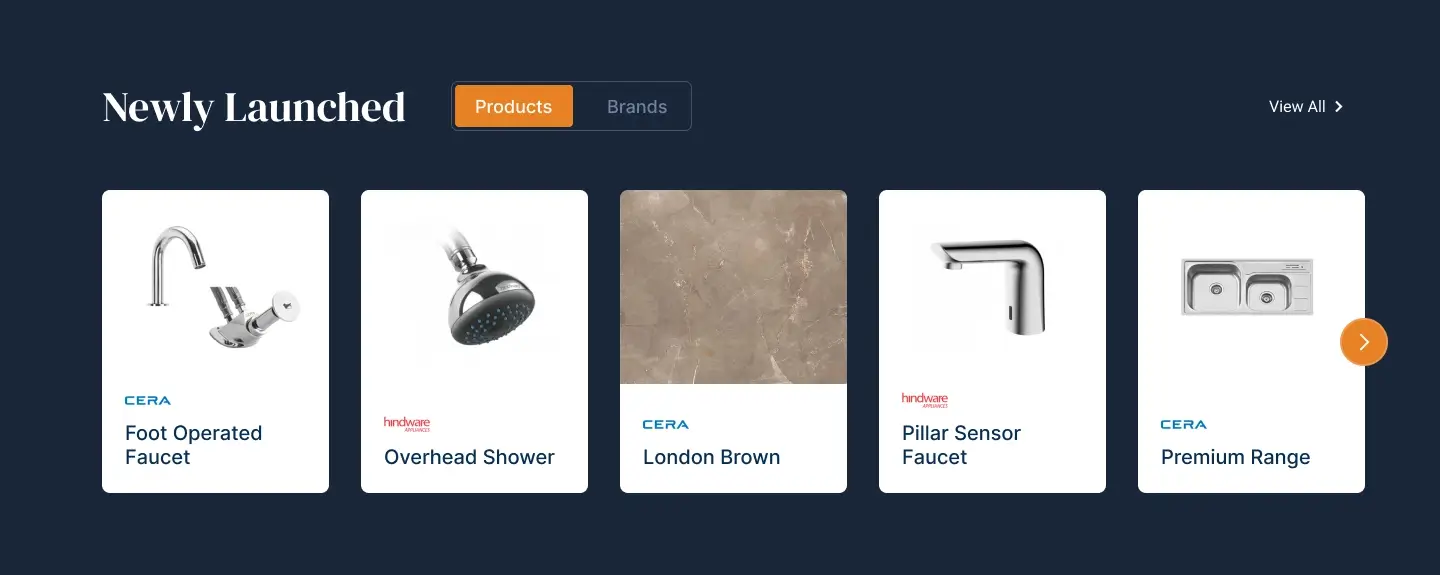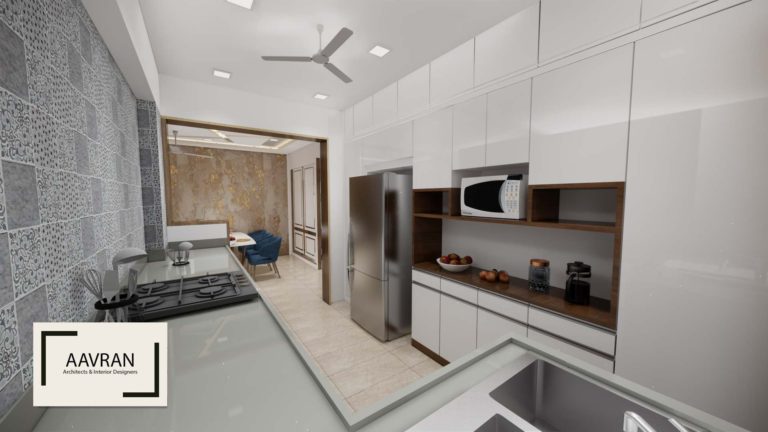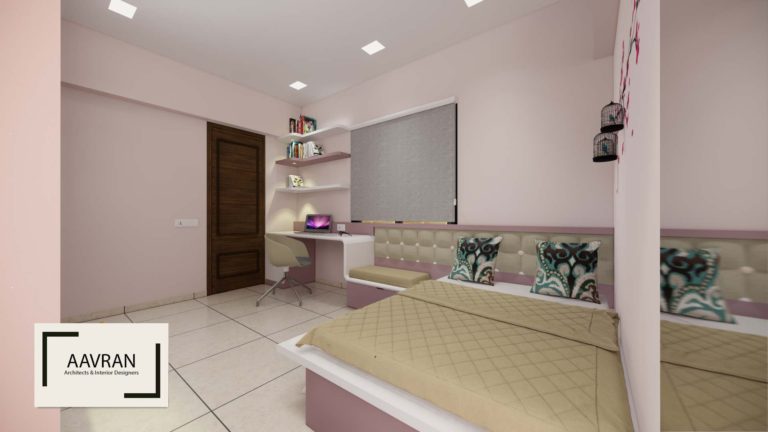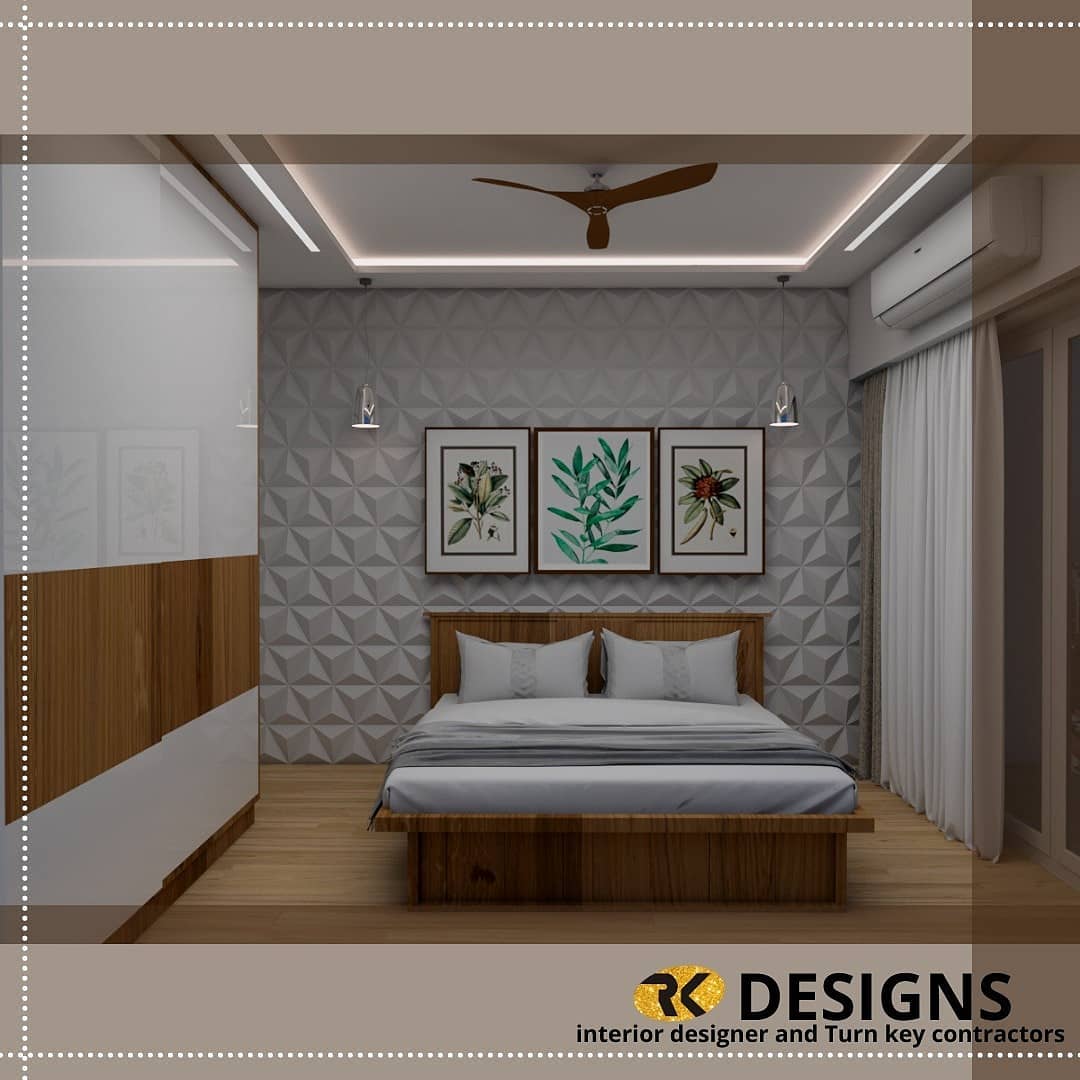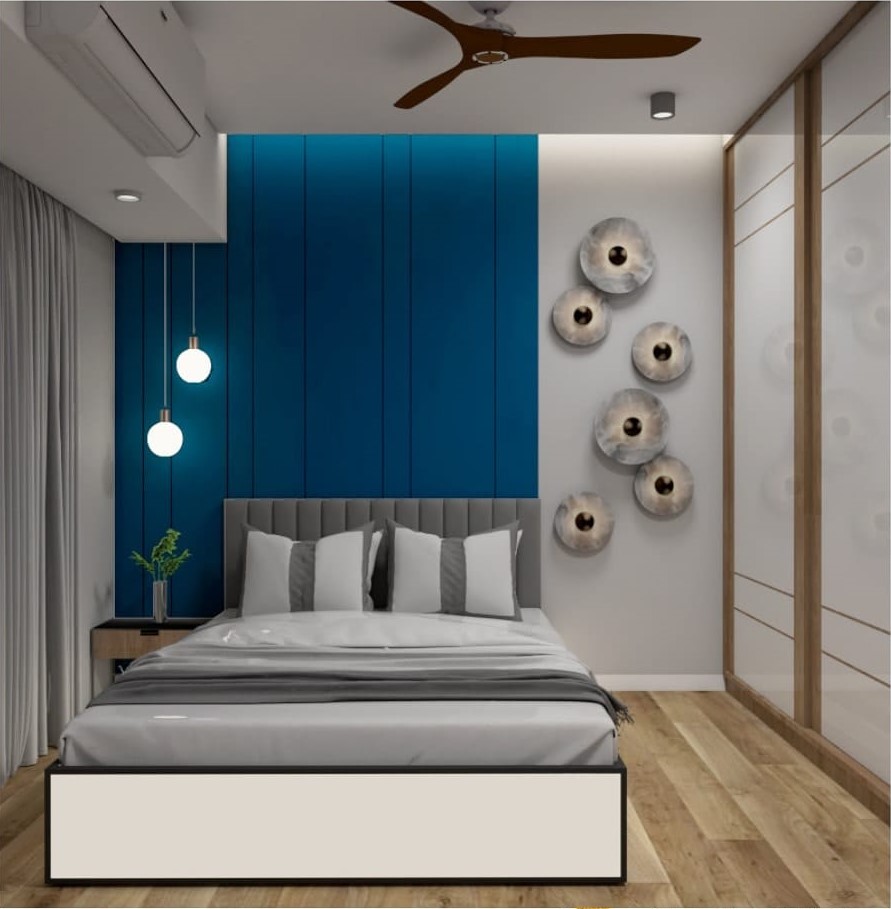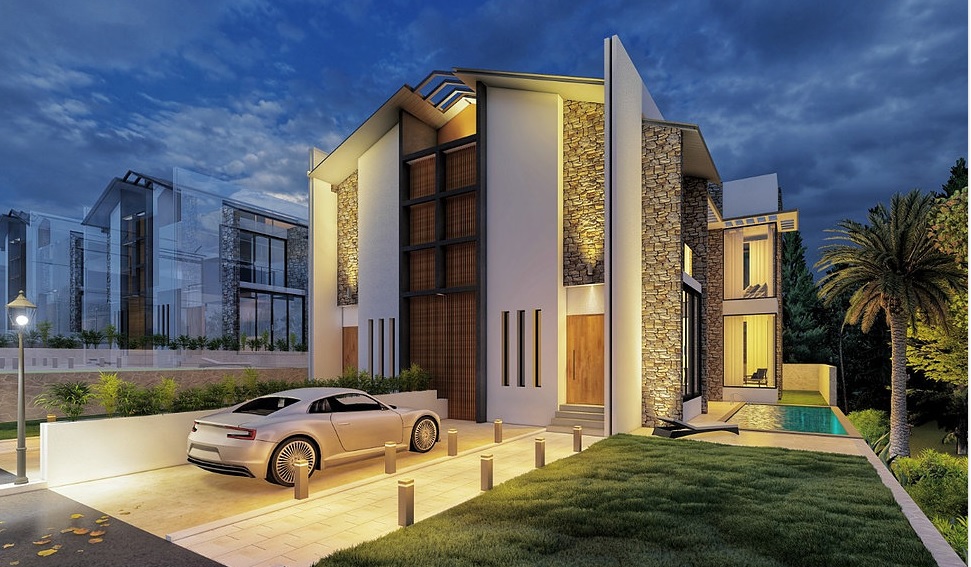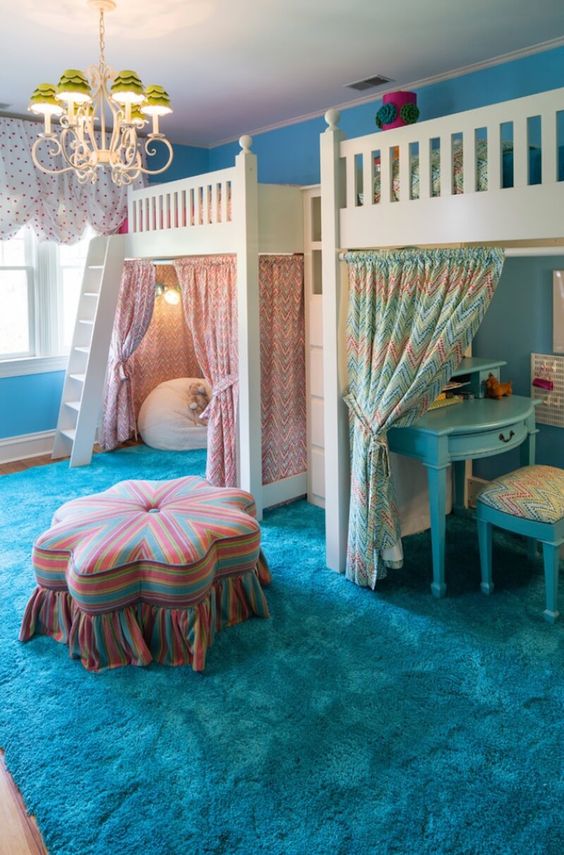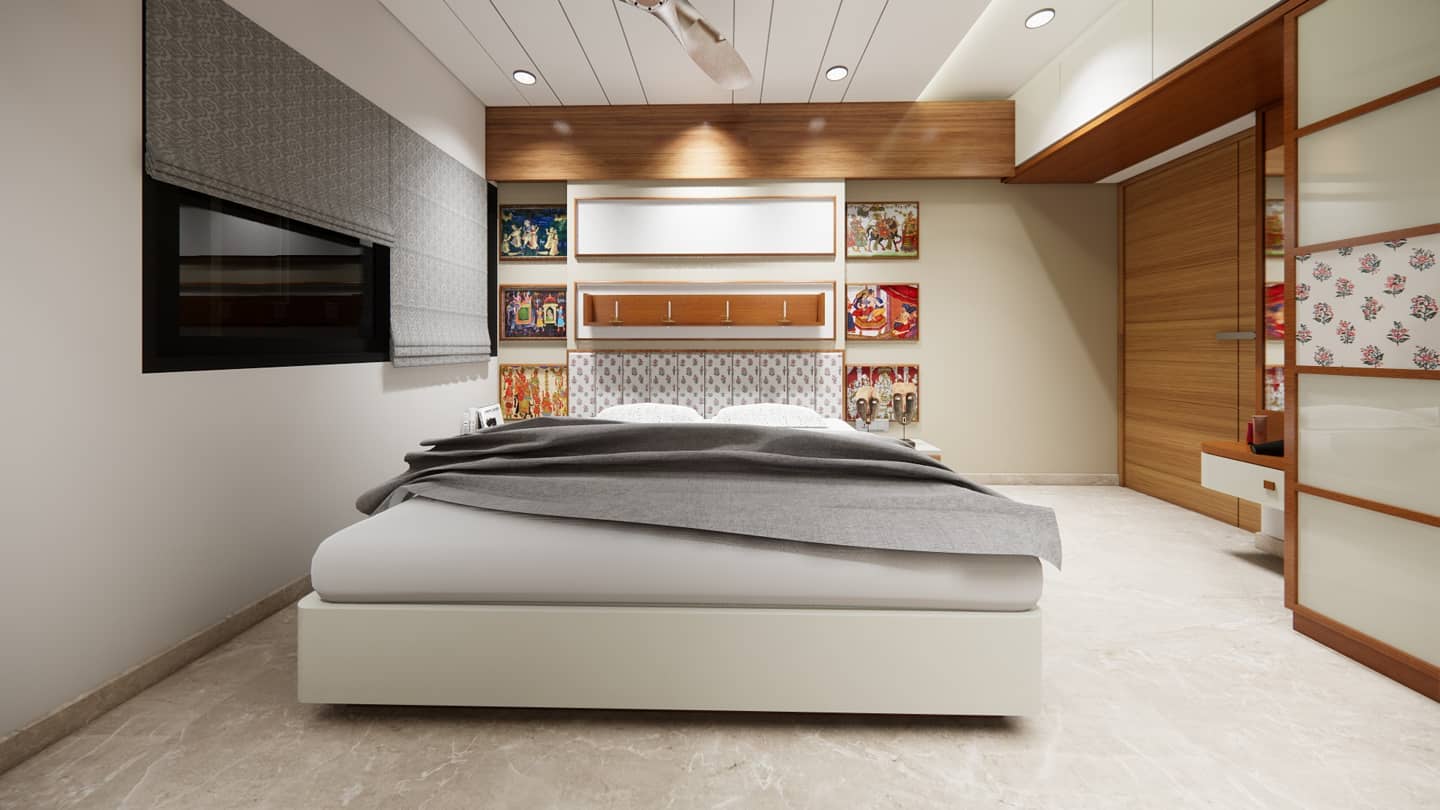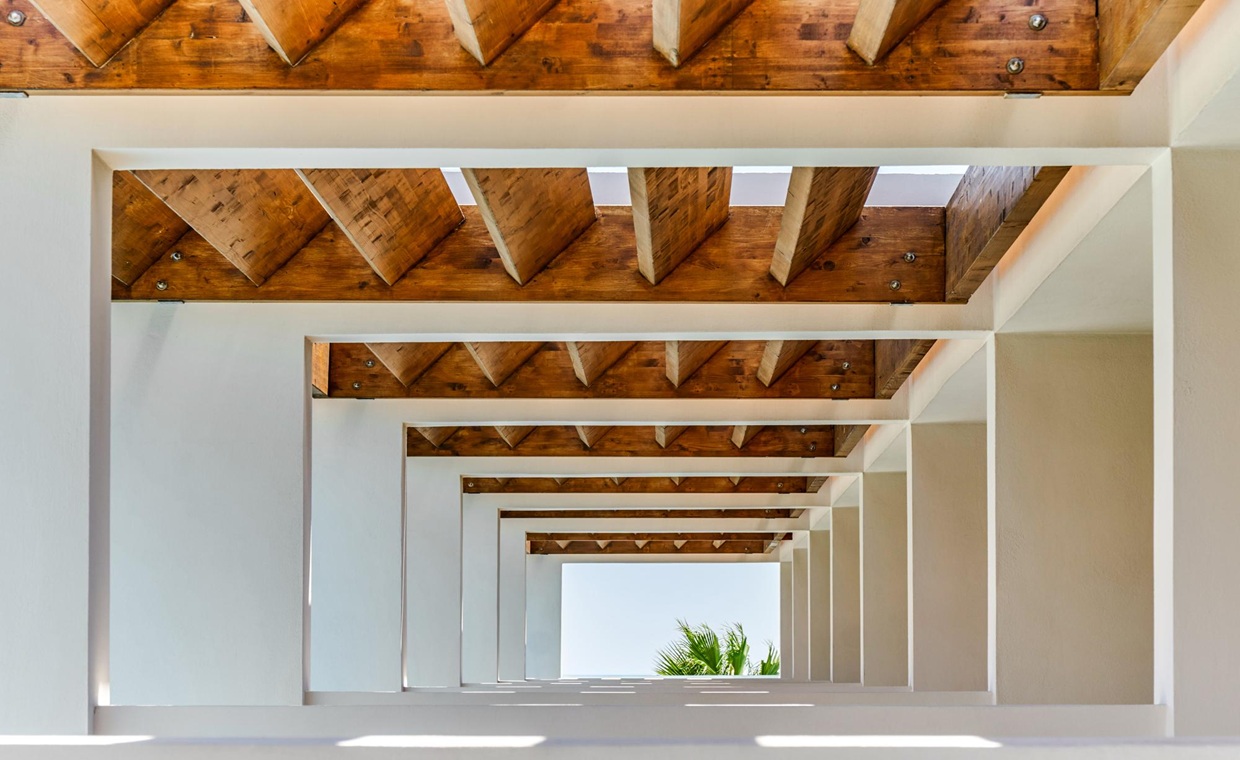
Table of Contents
Quick Summary
- A cubby house for kids is a special play space for kids in the backyard.
- It creates a sense of ownership and encourages outdoor time.
- Promotes imagination, problem-solving, and social interaction.
- Helps children develop independence and decision-making skills.
- Wooden cubby houses are durable, safe, and visually appealing.
- Plastic options are lighter but may not last as long.
- Choose size and design based on yard space and children’s needs.
- It is smart to use safety features like rounded edges and sturdy construction.
- A Cubby House helps boosting motor skills, coordination, and balance of kids.
Cubby Houses for Kids are great option for your kid’s entertainment. The most beloved ways to get kids outside and active are through a cubby house. It’s more than only a play structure; it becomes a little world where children can explore, imagine, and grow.
This article discusses how cubby houses foster outdoor play for kids by promoting imagination, independence, and physical development. It also provides tips on choosing the right one and highlighting quality considerations specific to Australian preferences.
Why Cubby Houses Encourage Outdoor Play
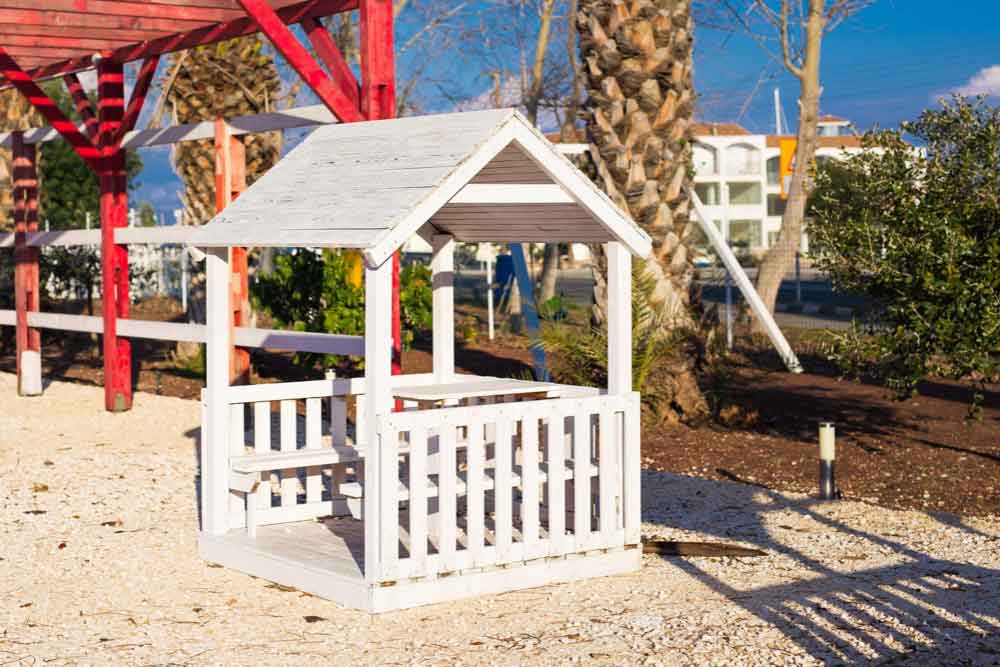
The fresh air, the open space, and the chance to be a little wild are all ingredients for happy, healthy childhoods. Cubby Houses for Kids takes that outdoor appeal and adds a special twist in outdoor playhouse ideas.
If you have a cubby house for kids, it creates a point of attachment to their outdoor world. It is like their secret base and a spot they can claim as their own as an epicentre of kids’ outdoor activities.
This sense of ownership inspires them want to spend more time outside. Whether it’s playing with friends, reading a book, or daydreaming up adventures, they love doing it. A cubby house is placed in the backyard, which helps bridge the gap between indoor safety and outdoor freedom and parents consider it as a safe play space for children.
Boosting Imaginative and Independent Play

Kids love transforming ordinary spaces into fantastical worlds, and Cubby Houses for Kids nudge them to do that. This kind of imaginative play doesn’t only pass the time. It promotes problem-solving, storytelling, and social skills when kids invite friends over. They’re creating scenarios, negotiating roles, and improvising. It’s the kind of play that fosters independence, too. Instead of always being led by parents or structured activities, children learn to make decisions, organise their games, and navigate obstacles themselves while enjoying outdoor playhouse ideas.
Finding the Right Cubby for Your Yard
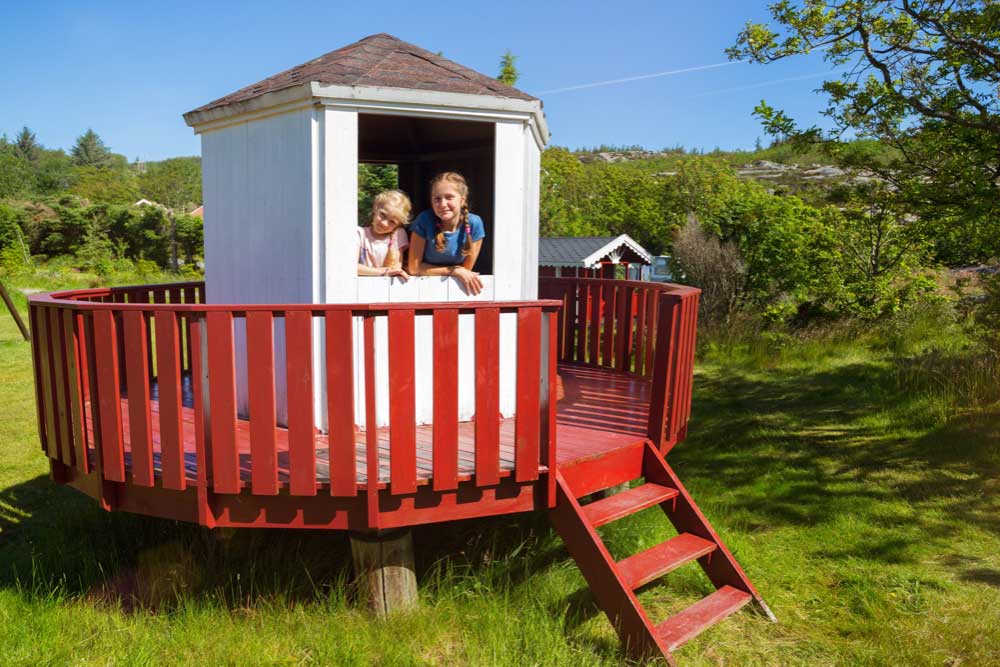
For choosing a cubby house, the options are pretty diverse. Whether you’re looking for a cubby house in Adelaide or elsewhere in Australia, the selection or the right fit depends on your space and your child’s preferences.
Think about how much backyard room you have and how many kids will be playing at once. If your yard is a small one, a compact cubby house might do the trick. For larger yards you may want something more elaborate, with different levels or additional features.
Wooden cubby houses are more durable and appealing if you’re after longevity and a natural look. They blend better into garden surroundings and incorporate backyard play equipment ideally. Plastic models are light in weight and easier to move, but might not last as long or look as authentic.
Rounded edges, sturdy construction, and little to no sharp points are essential. Many reputable suppliers can help you find a cubby house in Australia that’s both fun and safe.
Safety and Quality: Why Wooden Cubbies Win
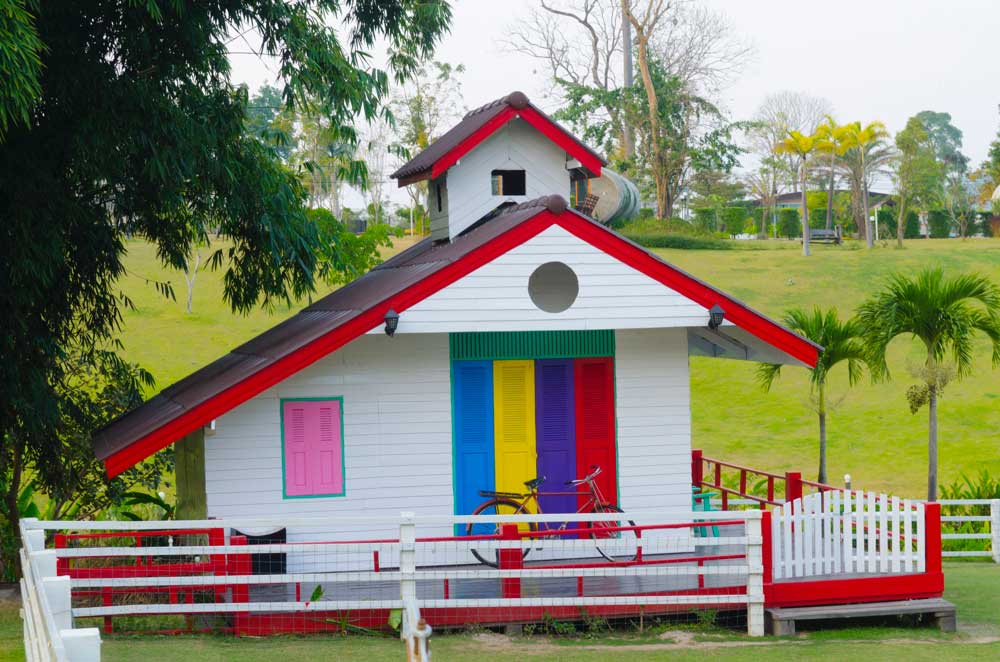
There’s a reason why so many parents lean toward wooden cubby houses. Wooden options look more charming and feel sturdier; they age well with time. A quality wooden cubby house is made from treated timber, standing up to the elements and kids’ energetic play.
Good wooden cubby houses are designed with rounded edges, smooth surfaces, and secure building, so there’s less chance of accidents. It’s always worth investing in quality products if you want your kids to play freely without worry.
What to Consider Before Buying
Before purchasing a cubby house out of multiple Cubby Houses for Kids options, take a moment to think about a few key points:
- Size: Will it fit comfortably in your yard?
- Accessibility: Is it easy for your kids to get in and out?
- Age Range: Some models are better suited for younger children, while others can grow with your kids.
- Features: Do you want a simple playhouse or one with slides, bridges, or storage?
- Budget: Quality costs more, but it’s worth it for safety and durability.
It’s also helpful to read reviews or visit a showroom if possible. Personal touches like a small porch, a lookout window, or a ladder can make a big difference in making your kids happy and enjoy their cubby at its best.
Child Development Benefits
Beyond simple fun, cubby houses contribute to much-needed developmental benefits. Cubby Houses for Kids help build gross and fine motor skills when children climb, reach, or grasp. Playing inside or around a cubby develops coordination and balance.
Social skills are boosted too, they learn to share, negotiate, and collaborate with friends or siblings while playing in these specialised spaces.
A cubby house encourages kids to spend less time staring at screens and more time actively exploring outdoors. It’s a simple approach that promotes a healthier and happier childhood.
Tips to Encourage Regular Use
If you want to keep children engaged, consider these tips:
- Keep on changing the setup periodically by adding new decorations or accessories.
- Invite friends over for playdates or in small gatherings.
- Mix outdoor play with other activities like drawing outside or reading stories in the cubby.
- Show enthusiasm and get involved occasionally.
- Respect their imaginative ideas; let them lead the way in defining how the cubby is used.
Reinforcing the value of outdoor play and giving them a special outdoor space makes it more likely they’ll use it regularly. Sometimes, only a bit of encouragement is enough to turn a quiet backyard corner into a hive of activity. Cubby Houses for Kids add natural impetus in your endeavour.
Conclusion
A well-chosen cubby house can transform outdoor play for kids from simple fun to a rich developmental experience. Regardless, you’re shopping in Adelaide or elsewhere in Australia, investing in a sturdy, attractive, and safe cubby house pays off in happy, active children.
It’s a small thing, but it opens a world of possibilities. Kids get fresh air, boost their imagination, build confidence, and develop skills, while having a good time. If you’re thinking about encouraging more outdoor activity, a cubby house might be the perfect starting point.
Also Read: 8 Playroom Design Ideas Your Kids Will Adore
FAQs on Cubby Houses for Kids
1. Why Does a Cubby House Motivate Kids to Play Outside?
It gives children a private, exciting space that draws them outdoors for imaginative and active play.
2. How Do Cubby Houses Help in Child Development?
They improve motor skills, coordination, problem-solving, creativity, and social skills through unstructured play.
3. Which Material Is Best for A Cubby House?
Wooden cubby houses are sturdy, long-lasting, and blend well with gardens; plastic ones are lighter but less durable.
4. Are Cubby Houses Safe for Kids?
Yes, if they have rounded edges, sturdy construction, and meet safety standards, they are safe place to play for kids.
5. What Features Make a Cubby House More Engaging?
Slides, ladders, porches, windows, and personal decorations keep children excited to use them regularly.



